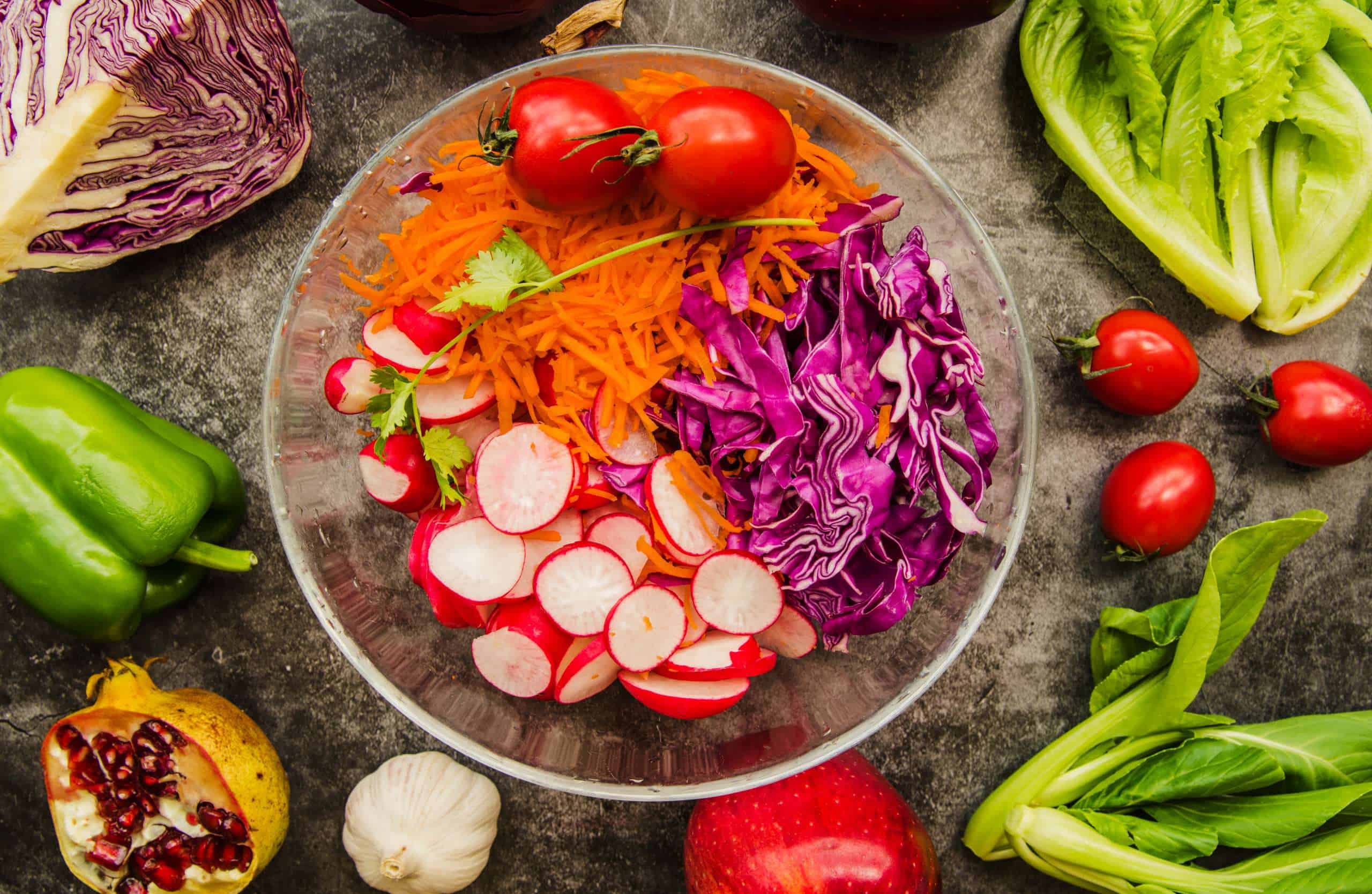
Early vegetables are one of the great treats of spring cooking. Check out the benefits of including them in the diet of the youngest family members!
Produce appearing for the first time in the season is a real treat for gourmets of fresh vegetables. Their taste is incomparable to standard ones, and dishes made from them taste better than usual. In addition, seasonal products provide essential vitamins, minerals and nutrients, which deficiencies may have occurred over the winter.
Thegroup of new vegetables includes, among others, radishes, lettuce, chives, tomatoes, young carrots, watercress, parsley and spring onions. Vegetables grown under greenhouse conditions may lose their valuable ingredients, so before buying it is worth checking with the seller whether they come from the natural ground or have been exposed to artificial lighting and intensive fertilizers. This is especially important if vegetables are to be eaten by children.
According to experts, young vegetables are similar in properties to those grown in the fields. Differences may occur in the content of vitamin C and bioflavonoids, which is the result of limited access to sunlight. More noticeable changes occur in the taste and smell of vegetables, because there are fewer sugars and aromatic substances in the new vegetables. This fact is also due to less sunlight on the produce.
The valuable components of vegetables include a large dose of dietary fiber (especially in radishes), folic acid, vitamins A, C and D, antioxidants, beta-carotene, quercetin and iron. It is also worth noting that most spring vegetables are low in calories, so they are perfect as part of a slimming diet. Equally effective action of new vegetables can be seen in the significant improvement in the functioning of the child’s body.
Nutrients contained in the products help the young organism to function properly, strengthen immunity and provide it with essential vitamins and microelements. A child loses a lot of energy and nutrients during physical activity, so they should be supplemented in the diet. Thanks to the inclusion of spring vegetables in the menu a small person has a chance to receive the necessary dose of minerals, as well as strengthen the active body and speed up the process of regeneration after exercise.
Consumption of spring vegetables improves digestion, speeds up metabolism, improves kidney function due to its diuretic effect, prevents infections, lowers blood pressure, cleanses the body of harmful toxins, strengthens bone structure and joint flexibility, and removes excess water from the body. New vegetables also have a positive effect on the young body by improving the work of the immune system, which in the case of children can be particularly important.
Experts recommend including seasonal vegetables in the diet of a child only after the age of 3. Before that, artificial substances used to fertilize vegetables can be harmful to the child’s body. The same rule applies to pregnant and breastfeeding women.
Before giving raw vegetables, it is necessary to remember about their proper washing and preparation. In the case of early vegetables, the proper way to wash produce is to clean it for a few minutes under lukewarm water, and then soak it in cold water with lemon juice. This should help get rid of most artificial substances and thoroughly clean the vegetables of sand.
If the vegetables you buy are not organically grown, it’s a good idea to give them a heat treatment, such as cooking them into a light spring vegetable soup or making a smoothie.
Featured photo: Freepik